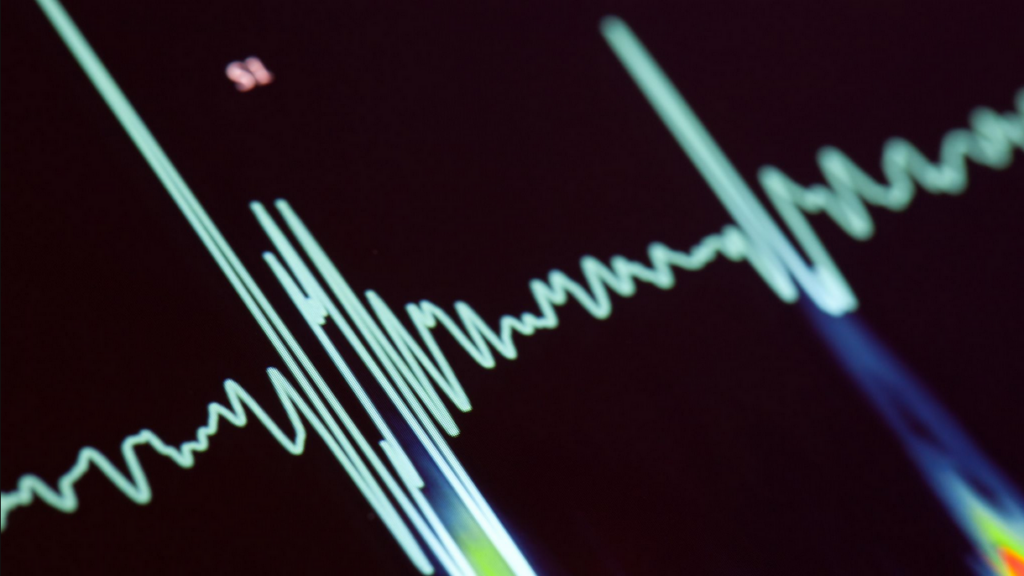Artificial intelligence could play a pivotal role in the early diagnosis of people who are at risk of heart failure as it is able to identify anomalies which are traditionally hard to detect, new research shows. Heart and circulatory diseases are the world’s biggest killers, claiming one in three lives every year. Researchers in Scotland set out to test how AI could have “real-world benefits” for those at risk.
Thanks to patients who voluntarily offered their data to the Scottish Health Research Register and Biobank (SHARE), researchers at the University of Dundee’s School of Medicine looked at a final cohort of 578 people to see how AI could help. The team, whose research has been published in the journal ESC Heart Failure, used AI to interrogate population-based electronic health records and echocardiography heart scans in order to identify patients with heart failure.
AI deep learning was then used to examine the images to identify anomalies that could increase a patient’s risk. Professor Chim Lang said: “Our research represents an advancement in the utilisation of deep learning to automatically interpret echocardiographic images.”

Real-world benefits
According to a January report by the British Heart Foundation (BHF), an estimated 20.5 million people died worldwide as a result of heart and circulatory diseases in 2021 – the equivalent of one death every 1.5 seconds. At the time, Dr. Sonya Babu-Narayan, associate medical director at the BHF, said the NHS was in the grip of the “worst heart care crisis in living memory” – with the rate people are dying early from heart and circulatory diseases having risen to its highest level in more than a decade.
Prof. Lang said the latest research is “an example of how AI has the potential to provide real-world benefits to patients.” He added: “By assessing vast amounts of patient records, we have been able to detect structural and functional anomalies that we would not have been able to do with traditional analysis of echocardiographic images.”
“While this is a test case, I’m very excited that we have been able to apply deep learning to a biobank resource on a large scale. Hopefully, this paves the way for other researchers to utilise this technology to benefit patients around the world.”







